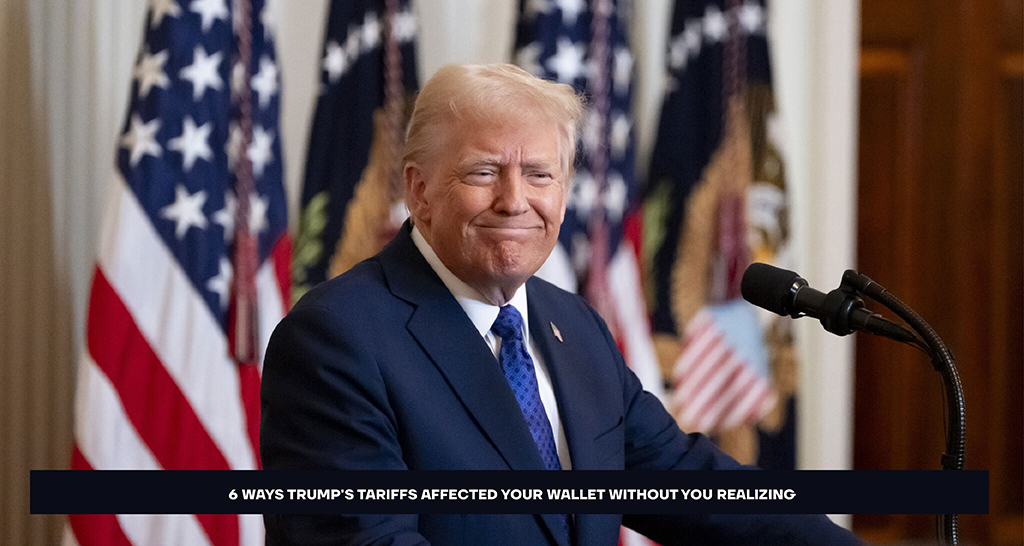During his presidency, former President Donald Trump enacted a range of tariffs aimed at safeguarding American industries and decreasing the trade deficit. Nevertheless, these tariffs produced consequences that extended beyond their primary objectives, subtly affecting the daily costs faced by American consumers. Below are six ways in which Trump’s tariffs may have influenced your finances without your awareness.
Higher Prices on Everyday Goods
A significant outcome of tariffs was the rise in prices across various product categories. Goods such as electronics, apparel, and household items, which often depend on components or raw materials sourced from China, experienced price increases. Retailers transferred these heightened costs to consumers, discreetly elevating prices without providing explicit explanations on receipts.
Increased Grocery Costs
Tariffs have also had an impact on the agricultural industry. For instance, U.S. farmers encountered retaliatory tariffs imposed by China, which resulted in a reduced demand for products such as soybeans and pork. This surplus led to a decline in prices for farmers, while simultaneously causing disruptions in the supply chain, which ultimately raised costs for consumers at grocery stores.
Rising Costs of Cars and Auto Parts
The automotive sector experienced considerable effects due to the imposition of tariffs on steel and aluminum, which raised production costs for manufacturers of vehicles and components. As a result, these heightened expenses frequently led to increased prices for new automobiles, replacement parts, and vehicle repairs.
Impact on Home Improvement Projects
If you have recently undertaken renovations in your home, you may have experienced financial strain. The tariffs imposed on materials such as lumber, steel, and aluminum have led to a rise in the prices of construction supplies. This surge in costs has impacted a wide range of projects, from new roofing installations to kitchen renovations, resulting in higher expenses for home improvement endeavors.
Less Selection, Limited Competition
The increase in tariffs has raised the costs for foreign companies exporting goods to the United States, prompting some businesses to either narrow their product offerings or withdraw from the market entirely. This decline in competition may result in a limited selection and elevated prices for consumers.
Hidden Costs in Services and Transportation
Tariffs have influenced the cost of services, even in the absence of a physical product purchase. For instance, shipping companies encountered elevated expenses because of increased tariffs on imported goods, which were frequently transferred to consumers in the form of higher shipping charges and increased service rates.
Although tariffs were designed as instruments of economic policy, their concealed influence on daily costs illustrates the deep connections between global trade and individual financial situations. Recognizing these implications enables consumers to make better-informed choices in the market.







